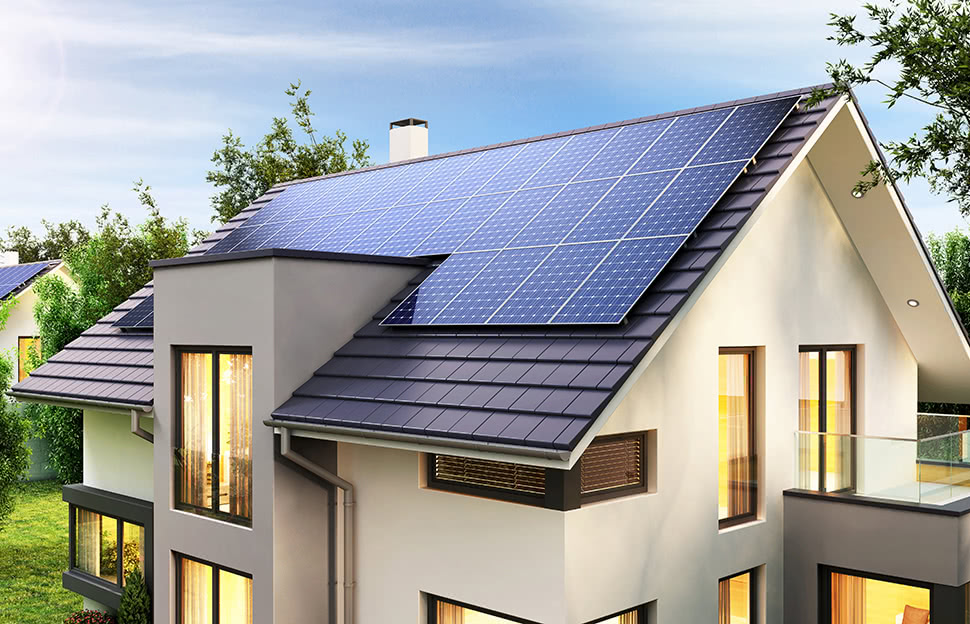News
Components of a Solar Panel System

For a long time, Solar Power was only identified as the conversion of sun light to to electricity. While this is not inaccurate most of us do not know that the energy harvested must first be converted to electrical energy to be able to produce generally functional electricity. The conversion is made possible through the photovoltaic or PV, a method that uses semiconductors to convert the sun's radiation to electrical energy.
Solar or Photovoltaic Cells
The assembly of semiconductors and electronics or solar cells is enclosed in a photovoltaic module, more commonly known as a solar panel. Several solar panels are called solar panel array.
Battery
A solar panel collects and generates energy from the sun's radiation. PV panels convert this energy to direct current electricity, a current that is produced by batteries. Although connecting a DC load directly to the solar panel is possible, batteries play an important role to a properly working photovoltaic system.
Regulator
A regulator is optional yet a vital equipment in a photovoltaic system. During the cyclic process, the battery is likely to become overcharged or over-discharge, a situation that shortens the batteries' lifespan. A regulator prevents such situations from happening by regulating the batteries' condition. It maintains a stage of charge where it monitors when the battery will be overly charge or discharge. In general, a regulator keeps the batteries in the most appropriate working conditions.
Converter / Inverter
A converter allows the DC electricity stored into the batteries to be converted to AC or alternating current electricity, the type of energy that is used by the mains power supply. The DC/AC or direct/alternating converter is also called an inverter and is used to match the required current and voltage by the load. It is typical to experience some energy loss during electricity conversion.
Load
Any appliances that consumes electricity is considered a load. When choosing a load for the solar power system, it is necessary to start with a low power component before installing additional solar panels to avoid wasting of resources. PV systems are ideal for illumination as lights only consume several watts compared to bigger appliances like television, components, or computers. There are also lightings that operate on direct current electricity, allowing the use of solar power systems on a low-budget scale.
Solar panels, batteries, regulator, converter, and load make up the solar panel system. When all of these components are installed properly, a solar power system can sustain itself for years.
Explore Your Options
Calculate Savings & Compare Quotes From Top Providers.
